The second arrow is a teaching from the time of the Buddha.
The Buddha was giving a teaching to an assembly of his monks and nuns. He asked, “If a person is struck by an arrow, is it painful?”
The monks and nuns replied, “Yes, it is.”
The Buddha then asked, “If the person is struck by a second arrow, is that even more painful?”
The assembly replied again, “Yes, it is.”
Then the Buddha explained, “In life, we cannot always control the first arrow. However, the second arrow is our reaction to the first. The second arrow is optional.”
As long as we are alive, we will have painful experiences, which are like the first arrow. To get all upset by the first arrow and condemn, judge, criticize, hate, or deny the first arrow is like being struck by a second arrow. Many times the first arrow is out of our control, but the arrow of reactivity is not.
 |
|
|---|---|
|
The Second Arrow | December 22, 2014
Our minds are habituated to relate to suffering by resisting it through blame, bitterness, anger, resentment. That resistance is what the Buddha called ‘the second arrow,’ which follows the first arrow, the direct experience of pain. So much additional suffering comes from believing that ‘things shouldn’t be this way’—when in fact they are that way. – Ronna Kabatznick, “Sea of Sorrow” |
The first arrow causes us physical pain, which we can’t ignore. The second arrow is the mental pain and suffering we add on top of the physical pain. This pain is optional.
So how do we prevent the pain of the second arrow? How do we maintain our equanimity when something out of our control happens? How do we develop resilience to bounce back from the first pain? Your answer…
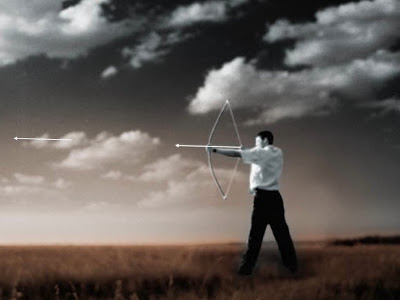


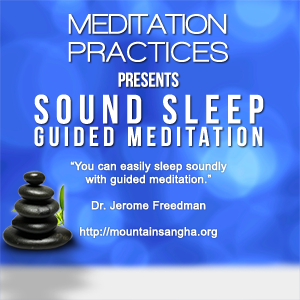
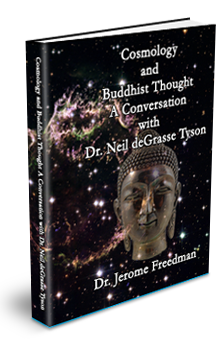
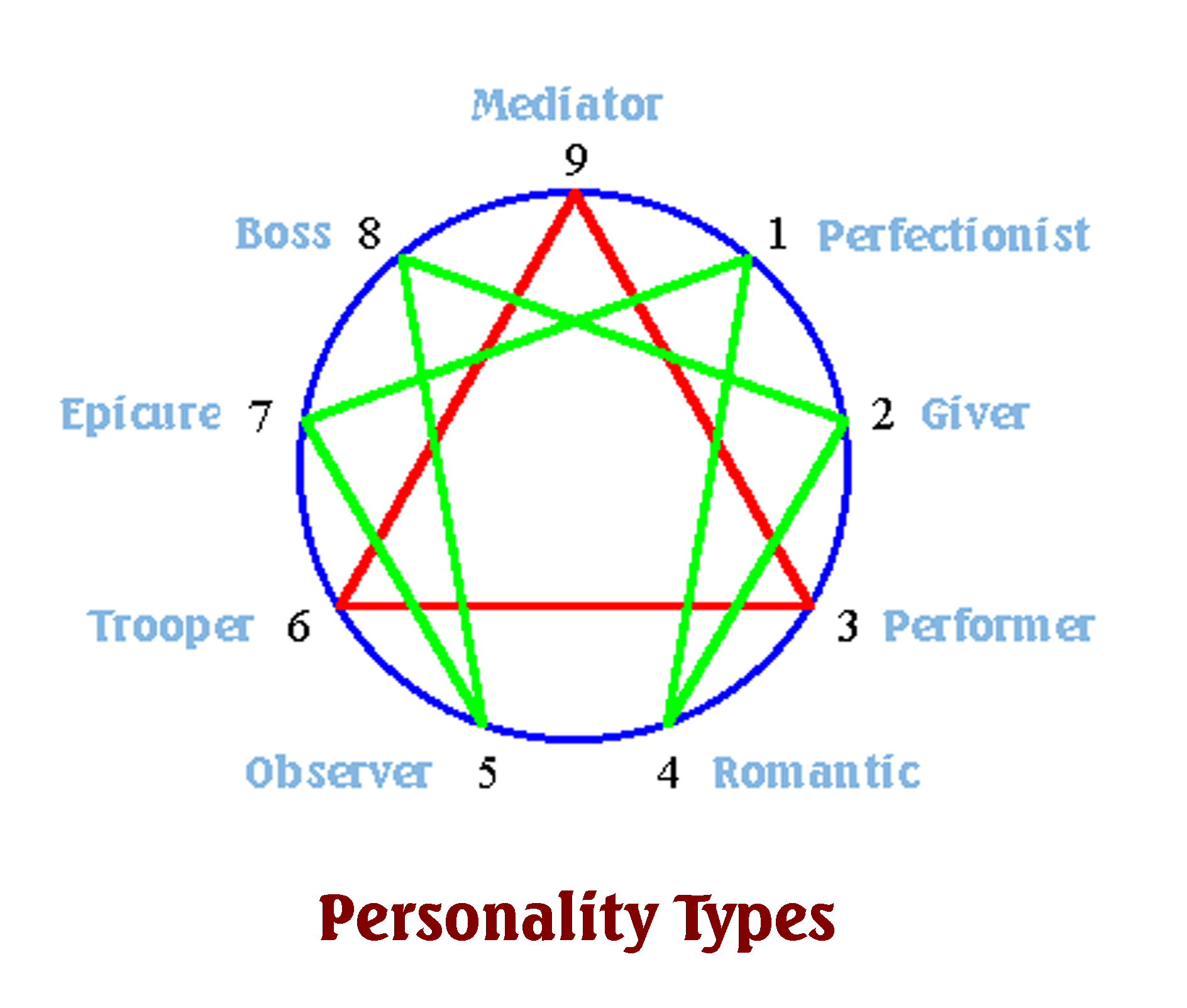
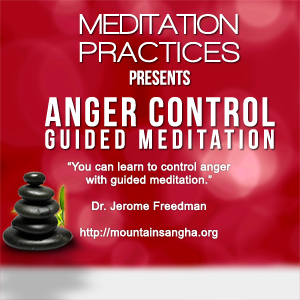
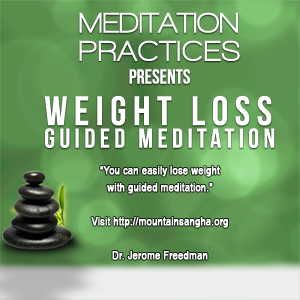
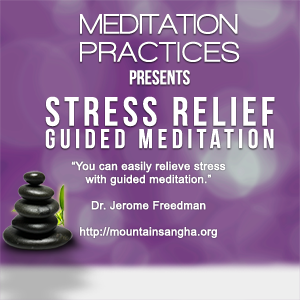
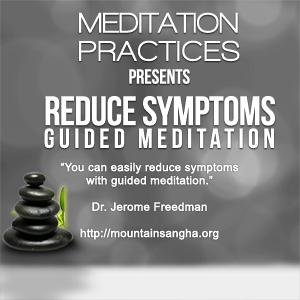

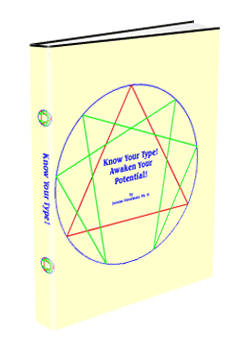

.jpg)
You must be logged in to post a comment.